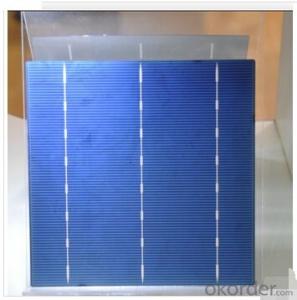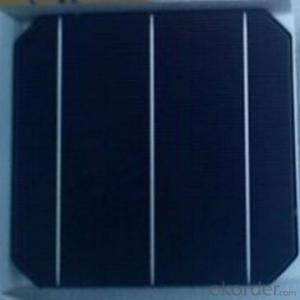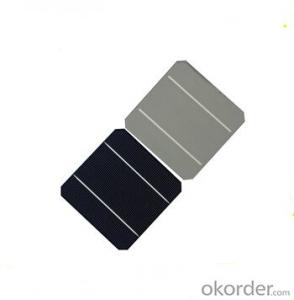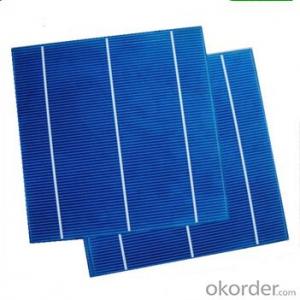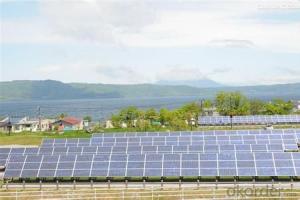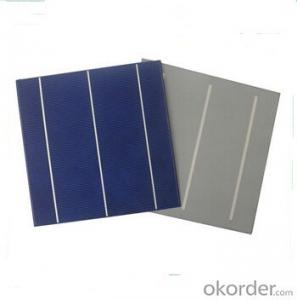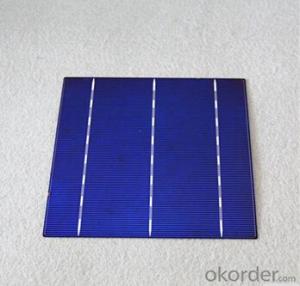Cztsse Solar Cells
Cztsse Solar Cells Related Searches
Except For Solar Cells Weegy Problems With Solar Cells High Power Solar Cells Light Trapping In Solar Cells High Performance Solar Cells High Output Solar Cells High Wattage Solar Cells Energy Transfer In Solar Cells High Efficiency Hvac Systems Recombination In Solar CellsHot Searches
Cheap Solar Cells For Sale Flexible Solar Cells For Sale Q Cells Solar Panels For Sale Printed Solar Cells For Sale Bulk Solar Cells For Sale 6x6 Solar Cells For Sale Broken Solar Cells For Sale Cpv Solar Cells For Sale Photoelectric Cells For Sale Price Of Silicon Solar Cells Price Of Solar Cells Over Time Buy Solar Cells From China Cheap Solar Cells China Best Type Of Solar Cells Flexible Solar Cells Price Q Cells Solar Panels Price 3 Types Of Solar Cells Production Of Solar Cells Common Types Of Solar Cells Q Cells Solar Panel PricesCztsse Solar Cells Supplier & Manufacturer from China
Okorder.com is a professional Cztsse Solar Cells supplier & manufacturer, offers integrated one-stop services including real-time quoting and online cargo tracking. We are funded by CNBM Group, a Fortune 500 enterprise and the largest Cztsse Solar Cells firm in China.Hot Products
FAQ
- Yes, solar cells can be used in urban areas. In fact, they are increasingly being utilized in cities to generate clean and renewable energy. Solar panels can be installed on rooftops, facades, or even integrated into the design of buildings, making them a viable option for urban environments where space may be limited. Additionally, advancements in technology have made solar cells more efficient, allowing them to generate electricity even in areas with less sunlight.
- Solar cells and the difference between ordinary batteries. Why is the solar cell is converted into electrical energy, zinc battery is what is converted into chemical energy
- The so-called chemical energy, in fact, is "chemical potential". Can be released through the oxidation-reduction reaction of energy, into other energy. This is the release of chemical energy.
- Yes, solar cells can be used to power remote locations. Solar cells, also known as photovoltaic cells, convert sunlight into electricity. They can be installed in remote areas where there is no access to the grid or where it is not feasible to connect to the grid. Solar power is a sustainable and renewable energy source, making it an ideal solution for powering remote locations that are off the grid.
- Yes, solar cells can be used to power hospitals. Solar energy can be harnessed through solar panels or solar cells, and these can generate electricity to meet the power needs of hospitals. By utilizing solar power, hospitals can reduce their reliance on traditional energy sources, lower their operating costs, and contribute to a cleaner and more sustainable environment. However, the feasibility of using solar cells for powering hospitals depends on factors such as the hospital's energy demand, available space for solar panels, and the region's sunlight availability.
- Solar cells can be negatively affected by high levels of chemical pollutants in the air. The presence of pollutants can reduce the efficiency of solar cells by blocking sunlight and creating a layer of dirt or grime on the surface of the cells. This can lead to a decrease in electricity generation and overall performance of the solar cells. Regular cleaning and maintenance can help mitigate the impact of chemical pollutants on solar cell performance.
- Solar cell installations have a significant positive impact on reducing greenhouse gas emissions. By harnessing clean and renewable energy from the sun, solar cells help to displace the use of fossil fuels, which are major contributors to greenhouse gas emissions. This transition to solar power leads to a decrease in carbon dioxide and other harmful emissions, helping to mitigate climate change and improve air quality.
- How can I understand the working principles of solar cells?
- You have to spend more time than you thought to really understand it.
- Yes, solar cells can be effectively used for powering outdoor surveillance systems. Solar cells convert sunlight into electricity, providing a reliable and sustainable source of power for surveillance cameras, sensors, and other surveillance system components. This eliminates the need for conventional power sources and reduces the costs associated with connecting to the electrical grid. Additionally, solar-powered surveillance systems can be easily installed in remote or off-grid locations, making them highly flexible and efficient for outdoor surveillance applications.

















